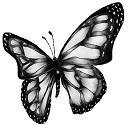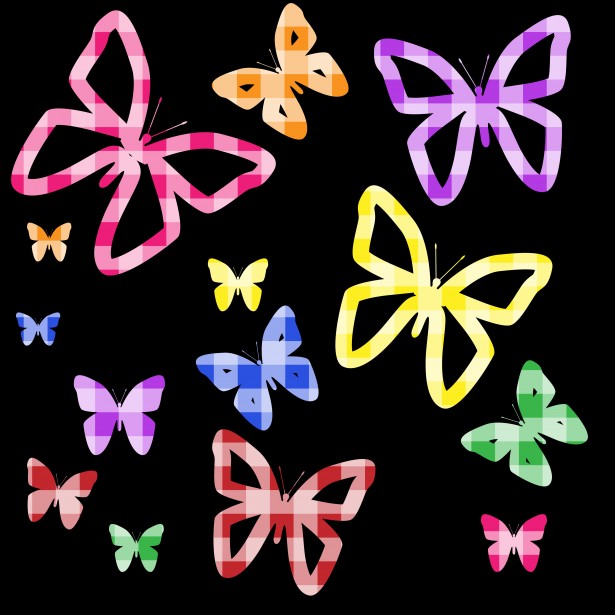Butterfly Information
Information and facts about the butterfly
The name Butterfly is derived from Middle English buterflie, butturflye, boterflye, from Old English butorflēoge, buttorflēoge, buterflēoge, perhaps a compound of butor (beater), mutation of bēatan (to beat), and flēoge (fly).
 A butterfly is a mainly day-flying insect of the order Lepidoptera. Lepidoptera is a large order of insects that includes moths and butterflies (called lepidopterans). It is one of the most widespread and widely recognizable insect orders in the world.
A butterfly is a mainly day-flying insect of the order Lepidoptera. Lepidoptera is a large order of insects that includes moths and butterflies (called lepidopterans). It is one of the most widespread and widely recognizable insect orders in the world.
Butterflies comprise the true butterflies (superfamily Papilionoidea), the skippers (superfamily Hesperioidea) and the moth-butterflies (superfamily Hedyloidea). All the many other families within the Lepidoptera are referred to as moths.
The butterfly's life cycle consists of four parts, egg, larva, pupa and adult. Most species are diurnal, meaning they are active in the daytime. Butterflies have large, often brightly coloured wings, and conspicuous, fluttering flight.
Butterflies exhibit polymorphism, mimicry and aposematism. Some, like the Monarch, will migrate over long distances. Some butterflies have evolved symbiotic and parasitic relationships with social insects such as ants. Some species are pests because in their larval stages they can damage domestic crops or trees; however, some species are agents of pollination of some plants, and caterpillars of a few butterflies (e.g., Harvesters) eat harmful insects. Culturally, butterflies are a popular motif in the visual and literary arts.
 Interesting Butterfly Facts
Interesting and informative facts about the life and habits of butterflies, along with some unique and little-known factoids about the butterfly.
Interesting Butterfly Facts
Interesting and informative facts about the life and habits of butterflies, along with some unique and little-known factoids about the butterfly.
 Educational Butterfly Videos
Learn more about butterflies. A list of educational videos, short films and butterfly documentaries; butterfly education vids for kids too!
Educational Butterfly Videos
Learn more about butterflies. A list of educational videos, short films and butterfly documentaries; butterfly education vids for kids too!
 The Word Butterfly in Different Languages
Learn how to say the word for "Butterfly" in various different languages--both common and obscure--from around the globe.
The Word Butterfly in Different Languages
Learn how to say the word for "Butterfly" in various different languages--both common and obscure--from around the globe.